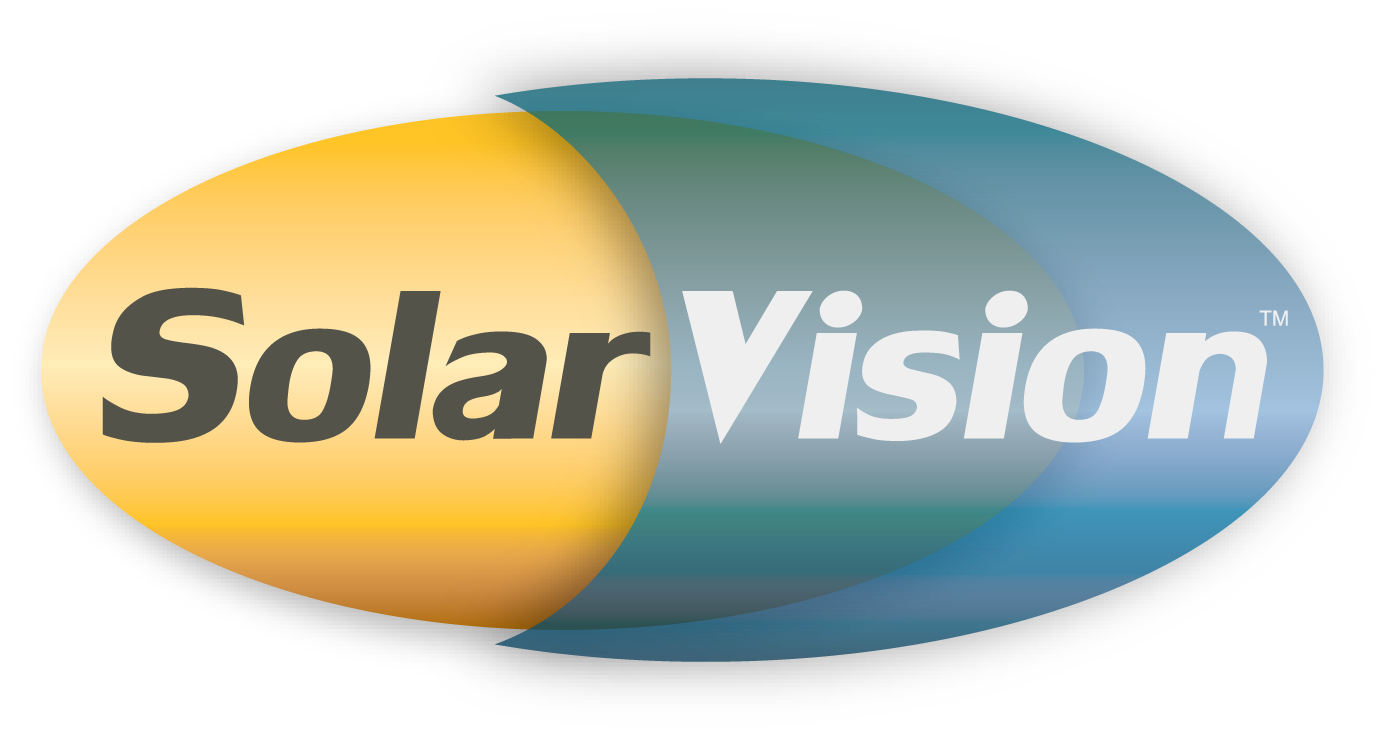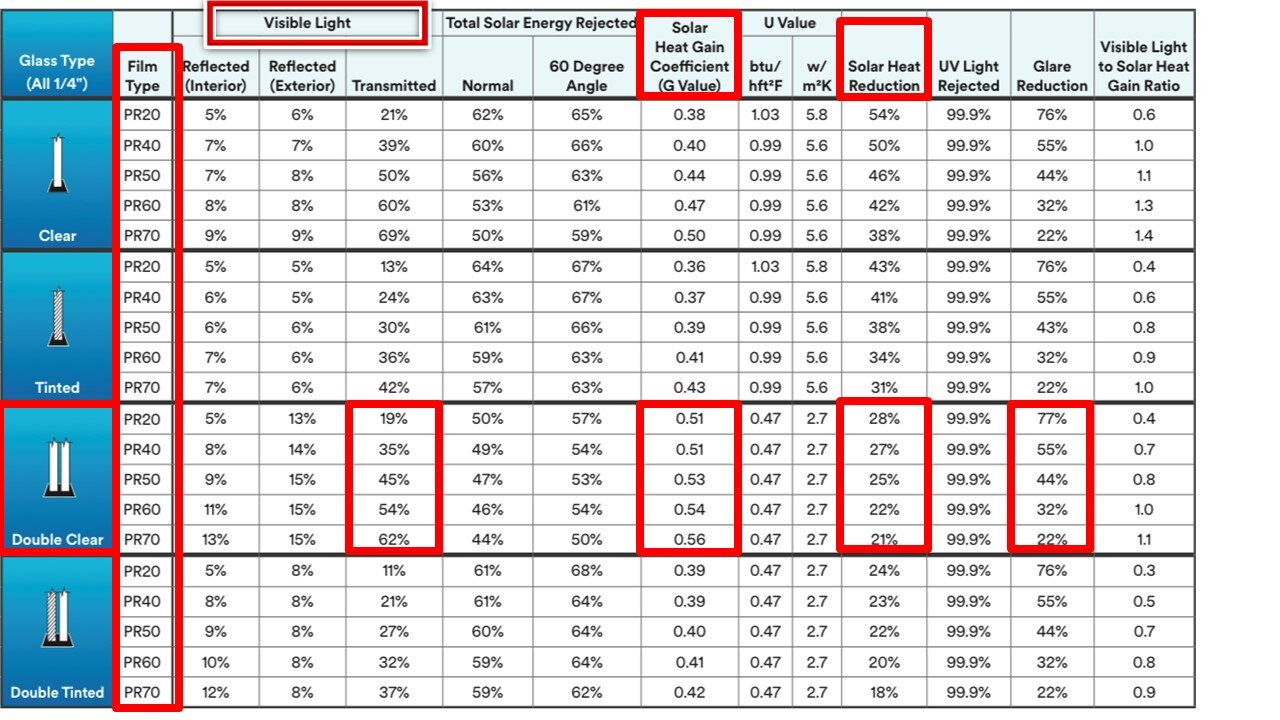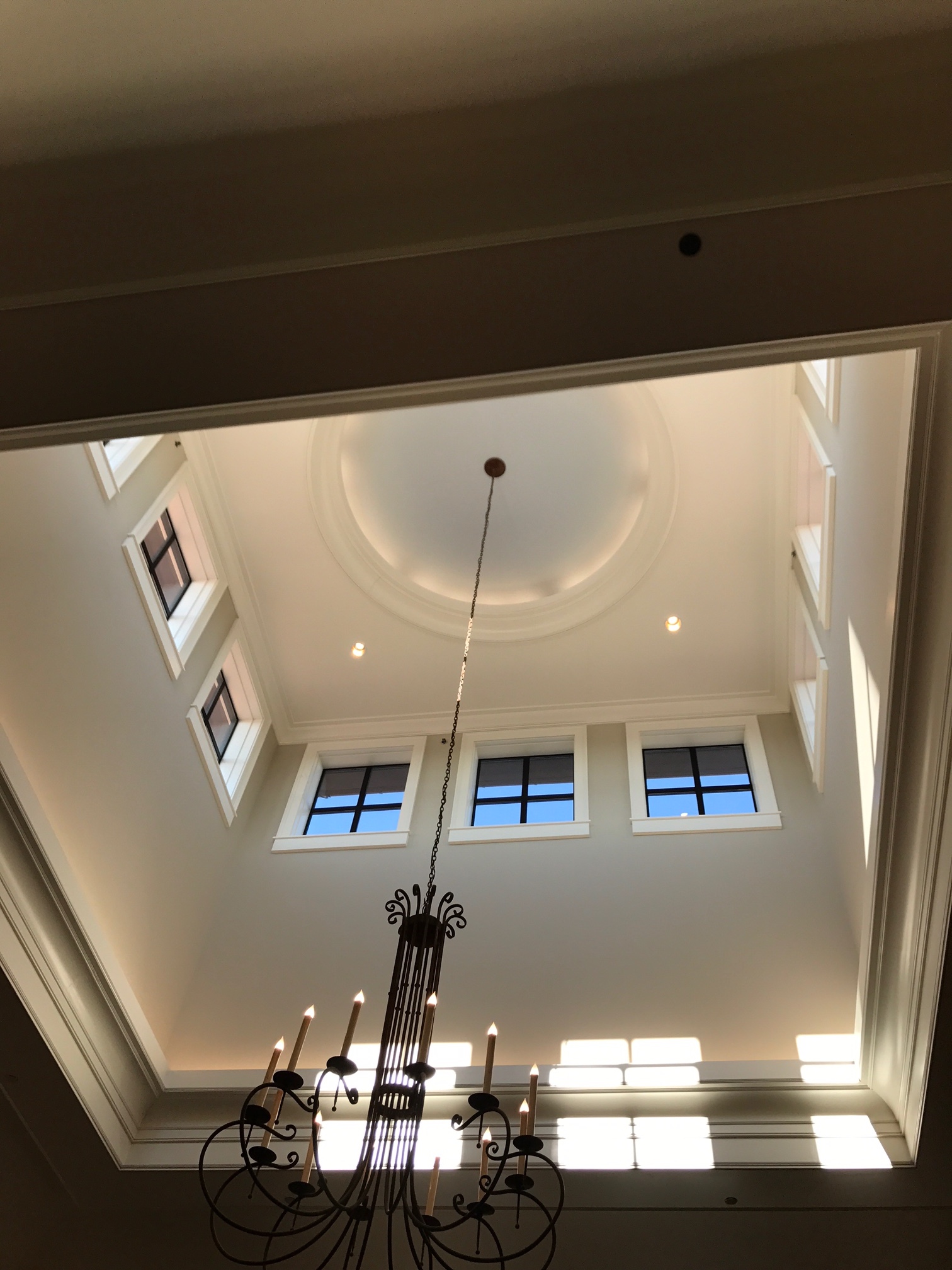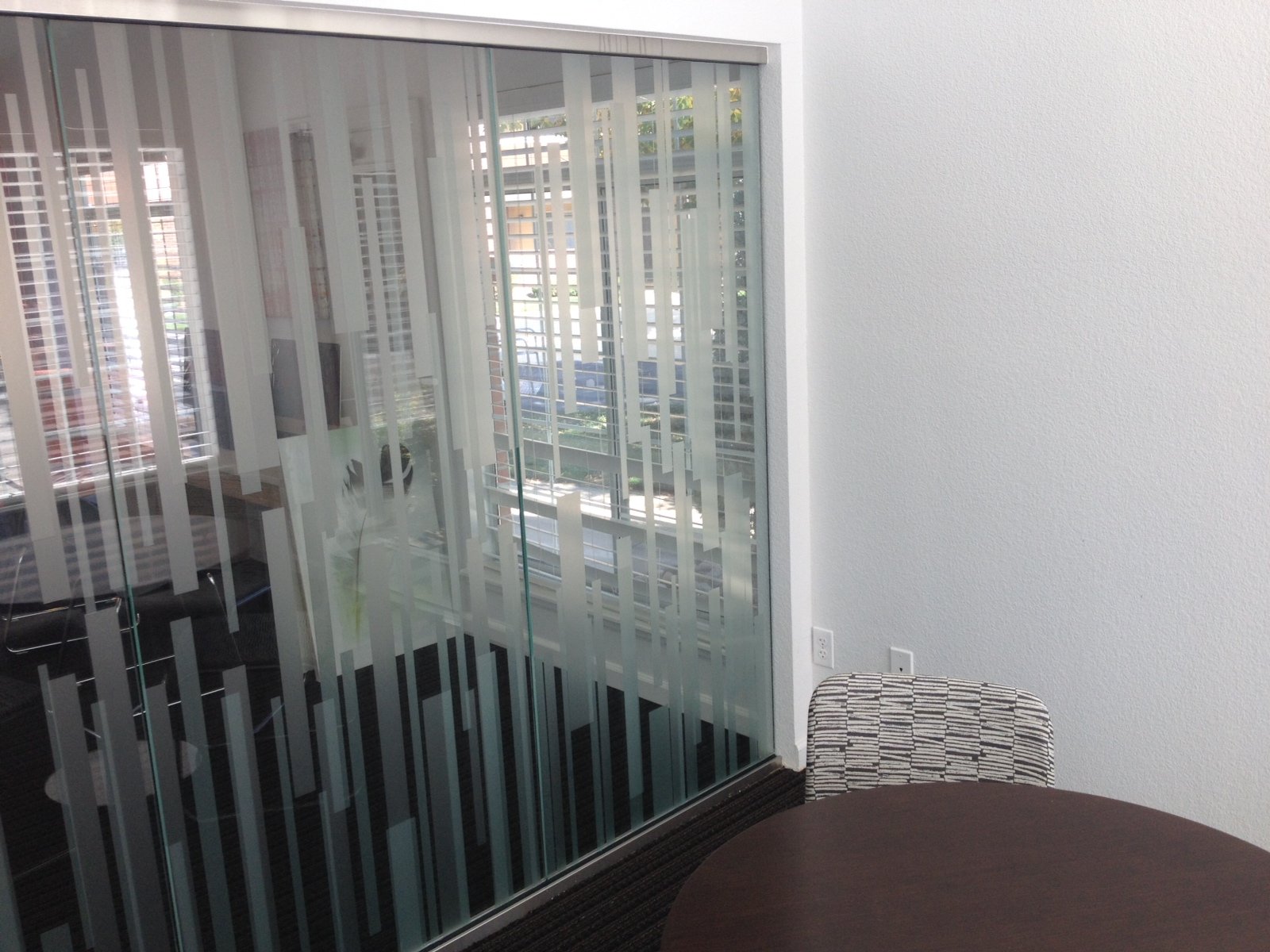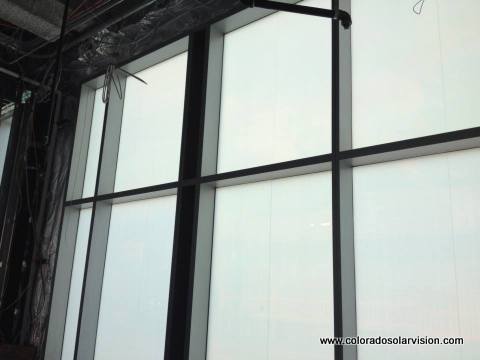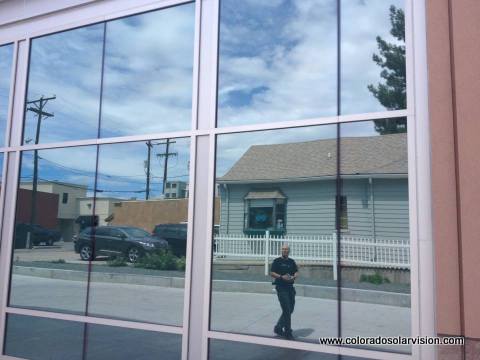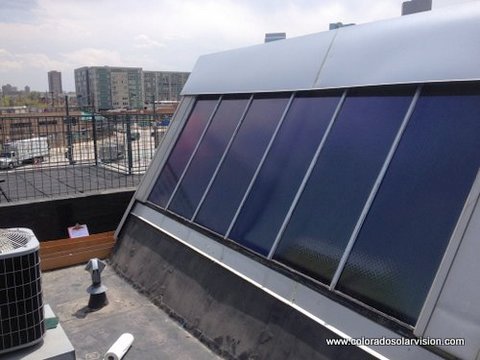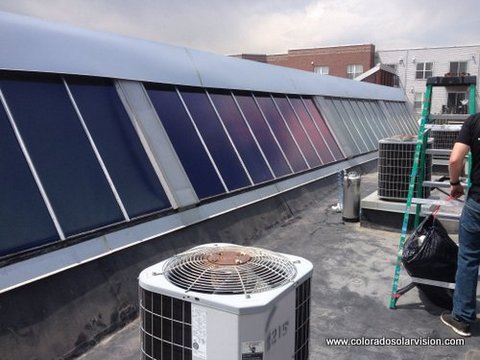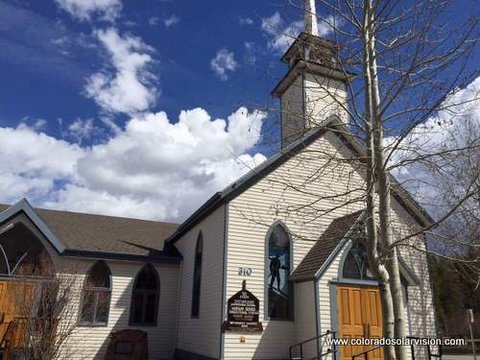Ivan and Julian out on a job site. Hopefully they can ditch these mask soon!
Wow! 2021 is already off to a crazy start. Business is up, but product delays are up too, and Labor is down. What does this mean to our customers? Hopefully nothing. Our plan is to be prepared to offer you our same services regardless of the crazy impacts the economy and supply chain have produced this year.
In the window film industry we’ve been lucky enough to not have too many material delays, and while procuring additional team members hasn’t been easy, we’re doing our best to complete as many projects as possible, while meeting our quality standard guidelines.
The most important thing to keep in mind as a customer is timing. Really think about when you would like your project to be completed. Window Film Installations will probably start booking about 4 weeks out come mid summer.
If you’re hoping to get your windows done to cool off your home or office before the summer ends, there are ways to speed up the process. You can start by getting a virtual estimate. Many window film companies can get a virtual estimate back to you within 24 hours. All you need to do is send over pictures, and window sizes, and a company like Solar Vision can get a price back to you quite quickly. If you have difficult to reach windows, are looking to add exterior film, or have French Panes, a site visit may still be required, however that can be worked out after you’ve received an estimate and are ready to move forward. See our Guide to Measuring your windows bulletin for information on what to send over.
Once you’ve received an estimate and are good on the pricing, it’s best to go ahead and get yourself on the installation schedule. We’ll send you samples to review, and if you are not quite sure which film you’d like at the time of scheduling, you’ll have a little bit of time to decide once you’re on the schedule.
If you want an in-home estimate, no problem. We’ll always try to get to your home or office for an estimate no more than a week out, with ASAP being the goal. There are a few of us here at Solar Vision that conduct onsite estimates, and we work together to ensure a timely site visit for our customers.
Window Film is in higher demand than ever, and we are super excited about that. However we want to ensure that this high demand doesn’t result in inferior customer service or quality. We’ll be working hard this summer, and year round to ensure our customers will continuously receive the exceptional Solar Vision Inc. service we are accustomed to providing.
Contact Solar Vision Inc. @ 303-862-6376 or at info@coloradosolarvision.com
